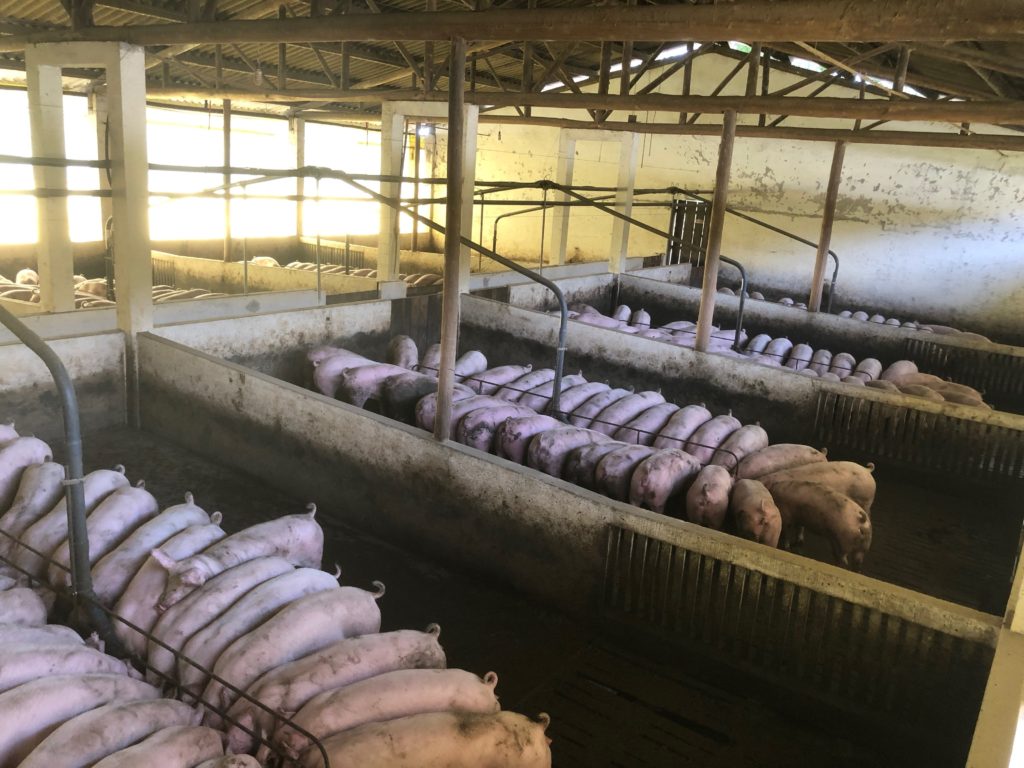UPDATE: On March 18, 2022, the Farm Service Agency (“FSA”) published a notification to clarify hog eligibility, documentation requirements, and payment factoring under this program. Additionally, FSA is now accepting applications for this program through April 29, 2022.
———————————————————————————————————————————————————————
Recently, the U.S. Department of Agriculture (“USDA”) announced it is implementing a program to provide aid to certain hog producers. This program, known as the Spot Market Hog Pandemic Program (“SMHPP”), is administered by USDA’s Farm Service Agency (“FSA”) in order to provide direct assistance to certain eligible hog producers who suffered unexpected financial losses caused by the COVID-19 pandemic. SMHPP is part of the USDA-led Pandemic Assistance for Producers initiative and is funded through the Coronavirus Aid, Relief and Economic Security (“CARES”) Act. FSA is accepting applications for the program through February 25, 2022.
Because of pandemic-related market disruptions, processing facilities purchased fewer negotiated hogs, which resulted in lower market prices and financial loss for many hog producers. Accordingly, USDA allocated $50 million to establish SMHPP in order to help these producers recover some of their financial losses.
Under SMHPP, FSA is providing direct financial aid to assist hog producers who sold hogs through a negotiated sale between April 16, 2020 through September 1, 2020—the period in which producers experienced a significant decline in market prices resulting from the pandemic. According to FSA’s Notice of Funds Availability for the program, a negotiated sale (also referred to as a cash sale, spot market sale, or negotiated formula sale) means “a sale by a producer of hogs to a packer under which the base price for the hogs is determined by seller-buyer interaction and agreement on a delivery date.” Negotiated hogs that qualify under this program include barrows and gilts, not breeding stock.
Although SMHPP offers assistance to these hog producers, there are certain eligibility requirements these producers must satisfy. For instance, only hogs that were physically located in the U.S. at the time of sale are eligible for SMHPP relief. Additionally, producers are only eligible for payments if they had legal ownership of the eligible hogs at the time of sale, and whose production facilities are located within the U.S. or one of its territories. This means contract growers, packers, and producers for hog purchases through other methods of purchase are not eligible. Finally, producers must have an average adjusted gross income (“AGI”) under $900,000 for the 2016, 2017, and 2018 tax years to qualify for assistance. In situations that involve eligible producers in a joint venture or general partnership, this AGI provision will apply to the individual producer-members.
A complete list of eligibility requirements can be found on the USDA website here.
Producers who satisfy the eligibility requirements will be able to apply for financial assistance under SMHPP and receive financial relief for losses resulting from reduced market prices. Under the program, eligible producers will receive $54 per head of hogs sold during the specified period. However, this program limits payments to the first 10,000 head of eligible hogs a producer sold on a negotiated basis. To calculate an expected SMHPP payment, producers must multiply the number of eligible hogs—not exceeding 10,000—sold from April 16, 2020 through September 1, 2020 by the payment rate of $54.
To apply for financial assistance under the program, eligible producers must complete and submit various forms to any FSA county office by February 25, 2022.
An eligible producer’s SMHPP application must include:
- FSA-940, Spot Market Hog Pandemic Program Application
- AD-2047, Customer Data Worksheet (for new customers or existing customers who need to update their profile)
- CCC-901, Member Information for Legal Entities (if the applicant is an entity)
- CCC-941, Average Adjusted Gross Income (AGI) Certification and Consent to Disclosure of Tax Information
- FSA-1123, Certification of 2020 Adjusted Gross Income (if applicable)
- AD-1026, Highly Erodible Land Conservation (HELC) and Wetland Conservation (WC) Certification
Additionally, a producer may have to provide supporting documents FSA requests in order to verify the number of hogs reported on the producer-applicant’s application. FSA encourages producers to contact their local USDA Service Center with any questions about eligibility or the application process under SMHPP.
Producers who satisfy the eligibility requirements are encouraged to apply for SMHPP payments, and FSA will accept applications for SMHPP assistance through February 25, 2022.
Additional USDA Direct Assistance Opportunity
USDA is also currently accepting applications for the Organic and Transitional Education and Certification Program (“OTECP”), which provides financial assistance to certified organic or transitioning to organic producers for eligible certification, transitional, education, and soil testing expenses. Eligible producers interested in applying for OTECP assistance must do so by January 7, 2022.
To view USDA’s press release announcing SMHPP, click here.
To view FSA’s Notice of Funds Availability for SMHPP, click here.
For updates on SMHPP, click here.
For updates on OTECP, click here.
To read more about USDA’s Pandemic Assistance for Producers initiative, click here.
